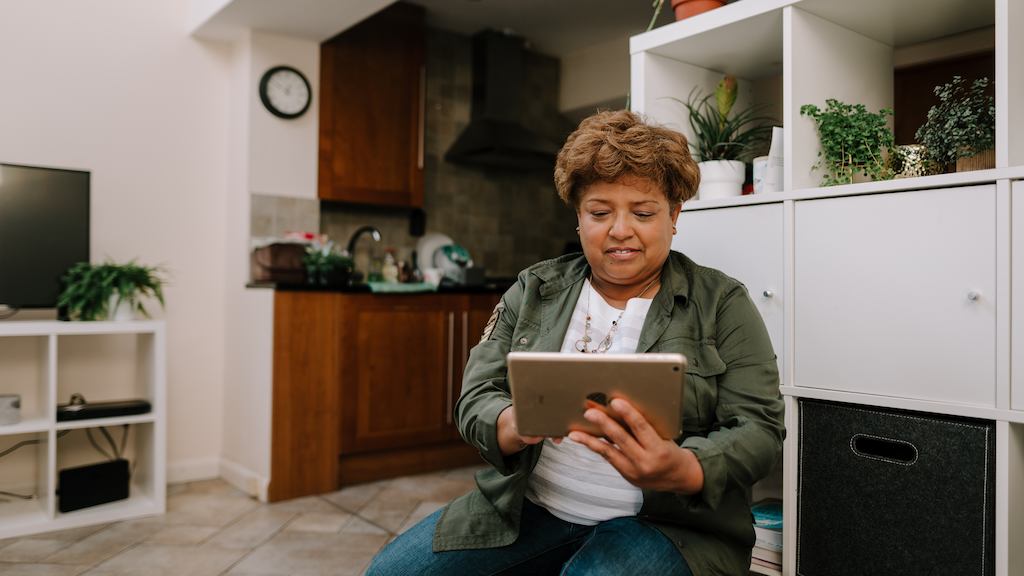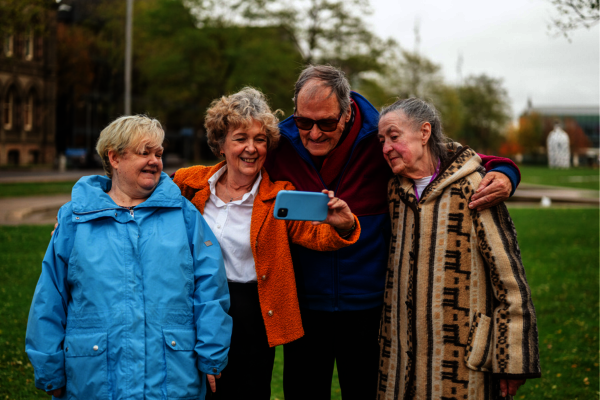Of course, repeated lockdowns and requirements to self-isolate meant that computers often became our only portals to the outside world. Even those with no interest in being online beforehand found themselves with little option but to go online during the pandemic. So, confidence and the skills to go and remain online, as well as having access to the internet (both financial and physical), played a bigger part in digital inclusion for those in their fifties and sixties than a lack of interest or motivation.
Those who gained the confidence to go online during the pandemic did so because family or other people they trusted had the time to show and encourage them to do so. However, a subset of this group subsequently lost this new confidence because they experienced fraud, fake news and too much targeted marketing. Providing information and advice on how to avoid such problems will be essential if older people are not to be digitally excluded as a result.
For some, access through a single smart phone or tablet in the household made access to the internet difficult. Poor connectivity and speed were problems for some working from home. Subsidised access to broadband for people who need it, and ensuring better internet connectivity across the UK, must remain priorities to avoid digital exclusion.
In short, our research found that while people in their fifties and sixties valued online contact and support when there was no alternative, some people went offline again when alternatives became available. These people tended to be retired, caring for others and had been most concerned about the loss of real-time contact during the pandemic. They emphasised ‘getting out’ of the house, ‘getting together’ for fun, and being able to touch and hug for emotional support.
Those who stayed online, or went online more, tended to be working and had already started to embrace the internet for working from home, communications, entertainment, shopping and healthcare pre-pandemic. For this group, the possibility of remote or hybrid working, the flexibility of attending events or groups more easily, and keeping in touch with family and friends at a distance were all positive developments.
Considering the increasing number of older people going online, and the services available digitally during the pandemic, it would be easy to assume that real world services are needed less. But this is not the case. Research by Age UK echoes our findings that older people are moving in and out of digital inclusion. Importantly it's not a foregone conclusion that those who used the internet during the pandemic will continue to do so.
People need ongoing support to improve online skills, confidence and trust in the internet – and better physical and financial access to it. Those who have never used the internet are likely to face multiple barriers, and they are much more likely to be disabled or have lower levels of education. The cost-of-living crisis is also likely to increase financial barriers to digital inclusion. Non-digital channels will still be needed to ensure equity of access to services for the foreseeable future.


